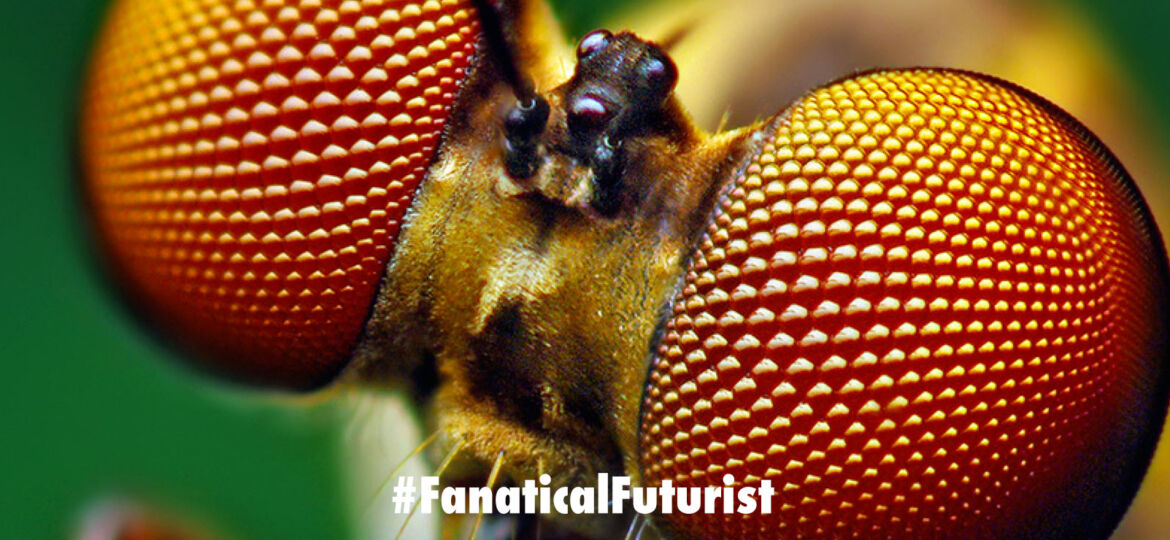
WHY THIS MATTERS IN BRIEF
On the one hand you can write advanced AI software to control your robots, or we can use what nature’s already given us…
There’s a field called Neurobiotics that, unsurprisingly, many people haven’t heard of that I came across recently where scientists try to merge animal brains with robots, a recent example of this was when a team from the US merged a worm brain with a Lego robot to successfully create a robot that reacted and moved according to rudimentary stimuli. And now the Pentagon wants in too after their emerging technologies unit put out a call last week for proposals that use insect brains to control robots.
Why you ask? Because they believe they could be used to create “efficient new models for Artificial Intelligence (AI), but also because they could be used to explore the meaning of consciousness.” In other words they believe they could use the tech to create what would arguably the world’s first conscious robots, and when I say conscious I mean conscious according to the human definition, something we’ve been exploring a lot recently, not some synthetic or artificial robot definition – and that’s big.
“Nature has forced on these small insects drastic miniaturization and energy efficiency, some having only a few hundred neurons in a compact form-factor, while maintaining basic functionality,” reads a document in the proposal. “Furthermore, these organisms are possibly able to display increased subjectivity of experience.” It goes on to say that there’s evidence suggesting that “even small insects have subjective experiences, the first step towards a concept of ‘consciousness.’”
The US Defense Advanced Research Projects Agency (DARPA) is famed for funding obscure and bleeding edge research projects, such as the ones that led to the early internet, as well as others today that involve turning animals and plants into living sensor networks, bringing crops back from the dead, and finding new ways to quickly cure pandemic outbreaks. But it’s also a well funded research arm for the US military and one of its key areas of interest is to create Brain Machine Interfaces that can be used to “program soldiers’ brains” by investing in technologies that “bridge the gap between computers and the brains of humans and animals.”
“We could inject memory using the precise neural codes for certain skills,” said Justin Sanchez, who directs work at DARPA about research on healing the mind and body, about a project that had transplanted memories into the brains of rats in 2011 that recently progressed to human trials where it showed a 35 percent “improvement in memory performance” in dementia patients.
“If I know the neural codes in one individual, could I give that neural code to another person? I think you could,” he added.
DARPA and the Pentagon offering $1 million to the company it awards the insect brain proposal to, and the first the winning bidder will need to complete a feasibility study on mapping an insect’s central intelligence system. Then it will need to create a “proof of concept” platform that uses the insect brain architecture to create “more capable AI hardware.”
It sounds like a long shot, at least for now, but it’s another sign that DARPA is deeply interested in the mysteries of cognition and consciousness.
Source: DARPA

















[…] metal, some are humanoid, some are nano sized, some are made of crystals, ice, or slime, some are conscious, living, and made from frogs. And now some are made from humans, well human cells at least after […]